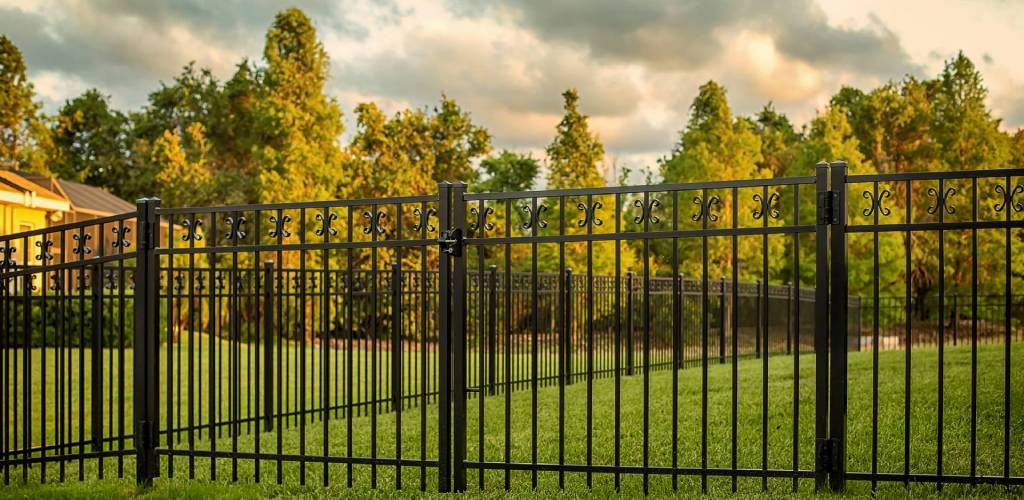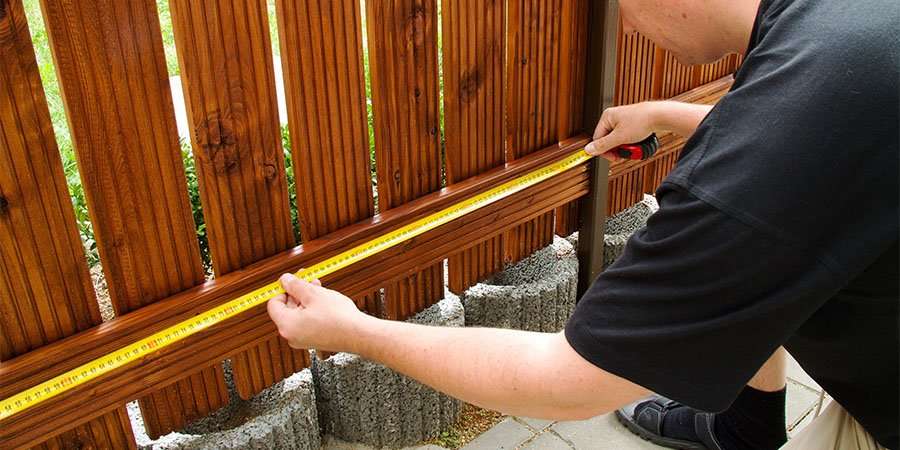All Categories
Featured

Among the most prominent alternatives, wood, plastic, and aluminum each offer unique advantages and disadvantages. Below's a failure of the pros and cons of these 3 usual fence products.
Wood Secure Fencing. Timber fencing has been a timeless option for property owners as a result of its all-natural beauty and versatility.
Pros:. Aesthetic Appeal: Wood provides a classic and cozy appearance that matches a range of building styles. Personalized: It can be repainted, discolored, or cut into unique styles to suit personal preferences. Economical: Originally, wood fence can be an inexpensive alternative contrasted to other materials. Eco-Friendly: Wood is a renewable energy and can be sustainably sourced. Disadvantages:. High Upkeep: Timber needs normal sealing, staining, or paint to avoid rot, insect damage, and weathering. Longevity Concerns: Without proper treatment, timber can warp, split, or decay over time, particularly in areas with high humidity. Shorter Life-span: A wood fence usually lasts 10-20 years, depending upon the kind of timber and level of maintenance. Timber is ideal for those who value a conventional look and agree to commit to its upkeep.
Plastic Fencing. Vinyl is a modern-day, low-maintenance secure fencing option that has actually expanded in popularity recently.

Pros:. Low Maintenance: Plastic does not need paint, staining, or sealing and can be easily cleaned up with soap and water. Weather Resistant: It withstands rough weather without decaying, rusting, or warping. Resilient: Plastic fencings can last 20-30 years with very little upkeep. Range of Styles: Available in several shades, layouts, and appearances, some plastic alternatives resemble the appearance of wood. Cons:. Higher Upfront Price: Vinyl secure fencing can be more pricey at first contrasted to timber. Brittleness in Winter: In severe cool, vinyl may break or become weak. Restricted Repair works: Specific panels can be hard to change, requiring careful matching to the existing fence. Vinyl is best suited for homeowners seeking a long lasting, low-maintenance remedy with modern appearances.
Aluminum Secure Fencing. Aluminum fence is a long lasting and light-weight choice, frequently chosen for its modern look and flexibility.
Pros:. Rust-Resistant: Light weight aluminum doesn't rust, making it an exceptional selection for wet or moist climates. Reduced Maintenance: Needs marginal upkeep and is easy to clean. Sturdy: While light-weight, aluminum is solid sufficient to endure lots of ecological problems. Long Life-span: Can last a number of years without significant wear or deterioration. Range of Styles: Supplies a classy and sleek appearance, frequently utilized for ornamental or ornamental functions. Disadvantages:. Greater Price: The first financial investment for light weight aluminum fence is greater than wood or plastic. Less Privacy: Aluminum fences are typically made with open pickets, making them much less efficient for personal privacy. Vulnerable to Dents: Although long lasting, aluminum can be nicked by solid effects. Aluminum is ideal for those seeking a fashionable, durable alternative that requires minimal treatment.
Making the Right Selection. Each fencing material-- plastic, aluminum, and wood-- provides distinct advantages and negative aspects. Your choice should depend on your particular top priorities, such as spending plan, upkeep preferences, climate, and aesthetic objectives:
Pick timber if you enjoy a standard appearance and don't mind routine upkeep. Go with vinyl if you want a low-maintenance, weather-resistant fence with modern-day allure. Opt for light weight aluminum if you prioritize sturdiness, corrosion resistance, and a smooth layout. By weighing these cons and pros, you can choose a fencing material that enhances your property while satisfying your functional demands.
Latest Posts
Raise Your Property with Montana Fencing's Automatic Gates
Published May 03, 25
2 min read
Discover the Benefits of Vinyl Fencing with Montana Fence
Published May 03, 25
2 min read
Protect Your Home with High Quality Residential Roof Covering
Published May 03, 25
1 min read